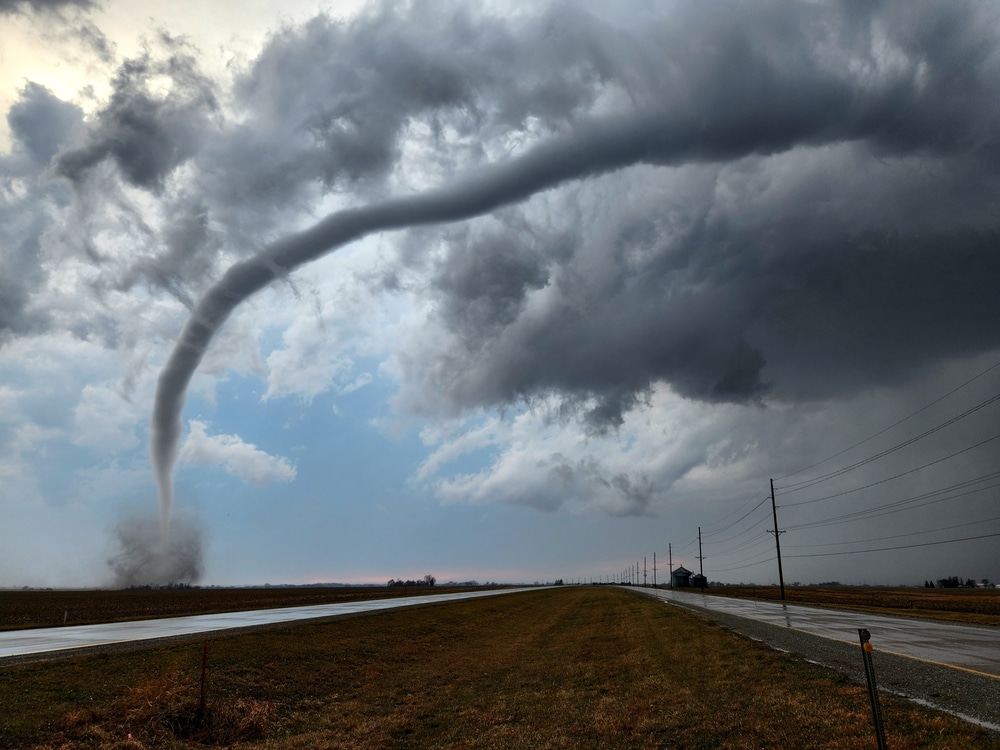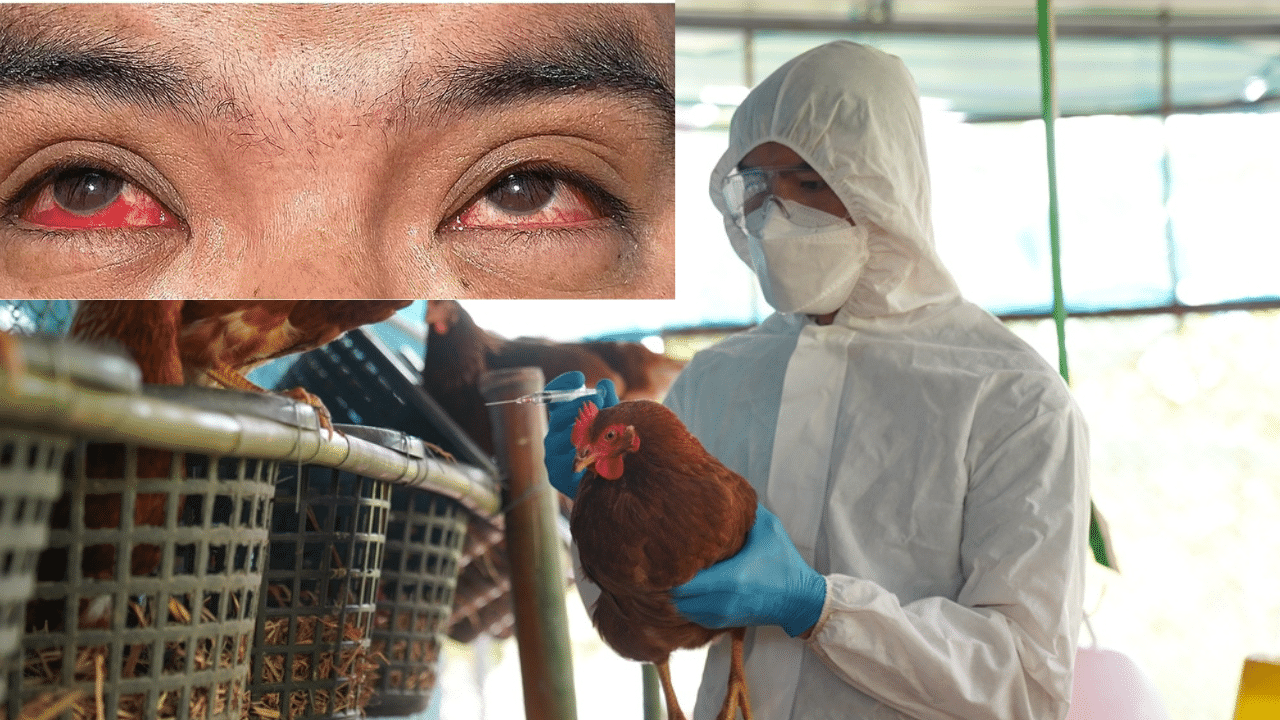Patients lying motionless in the waiting room, moaning for help. Desperate hunts for an open hospital bed. Emergency room arguments over medication.
Not since the darkest days of the covid-19 pandemic, when hospital systems all over this country ruptured under the weight of the disease, has Brazil witnessed such scenes.
But this time, it’s not the coronavirus that has led states all over the country to declare a state of emergency and even spurred the construction of a field hospital in the capital, Brasília.
It’s dengue fever. The disease is ripping through much of South America, where scientists say rising temperatures due to climate change have both extended the territorial range of the mosquito that carries dengue and increased its proliferation.
In the first two months of this year, Paraguay registered nearly 100,000 suspected cases — more than five times the typical rate. Peru, racked by its own outbreak, has declared an emergency in much of the country. Argentina, too, has seen an explosion of cases.
But the disease has surged with particular virulence in Brazil, where epidemiologists expect the number of dengue cases to reach into the millions — more than doubling the previous record — and potentially kill thousands of people.
The deepening public health crisis, epidemiologists say, serves as a warning to the world. The struggle against the disease has entered an unpredictable, perilous new phase. Dengue is creeping into places where it has never been. And where it has long been, case numbers are soaring to unseen heights.
The disease has historically been confined to tropical climates. But in recent years, as cases have skyrocketed across much of the world — rising eightfold since the turn of the millennium — the virus has increasingly spilled over into areas once largely spared.
Local transmission is being reported in America’s warmer, wetter states, where the disease’s vector, the Aedes aegypti mosquito, already roams.
Florida last year reported a record 178 cases of local transmission. California, Arizona and Texas are also detecting local transmission. The same dynamic is being seen in southern Europe, where dozens of cases of local transmission were recorded last year.


















